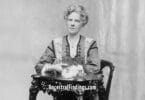Corning glassware is so ubiquitous that chances are, your family relies on it and you have several pieces of it in your house! This company has a long, deep history. Because they have so many glass technology advancements under their belts, not only are you likely to have a few pieces of Corning glass in your kitchen cabinets but among your electronics, too.

Founder Amory Houghton started Corning Glass Works in 1851. Back then, the factory was located in Somerville, Massachusetts, and it was known as the Bay State Glass Company. Over time, Corning Glass moved twice, setting up shop in Brooklyn, New York, and then in 1868, establishing in what would become the company’s home, Corning New York. By this time, it was under new leadership — Houghton’s son, Amory Houghton, Jr.
This company has always been on the front lines of innovation. The first major breakthrough came in 1879 when Corning developed bulb-shaped glass housing for the new incandescent lamps developed by Thomas Edison. This design became so popular for lightbulbs that by 1908, bulbs made up half of Corning’s business.
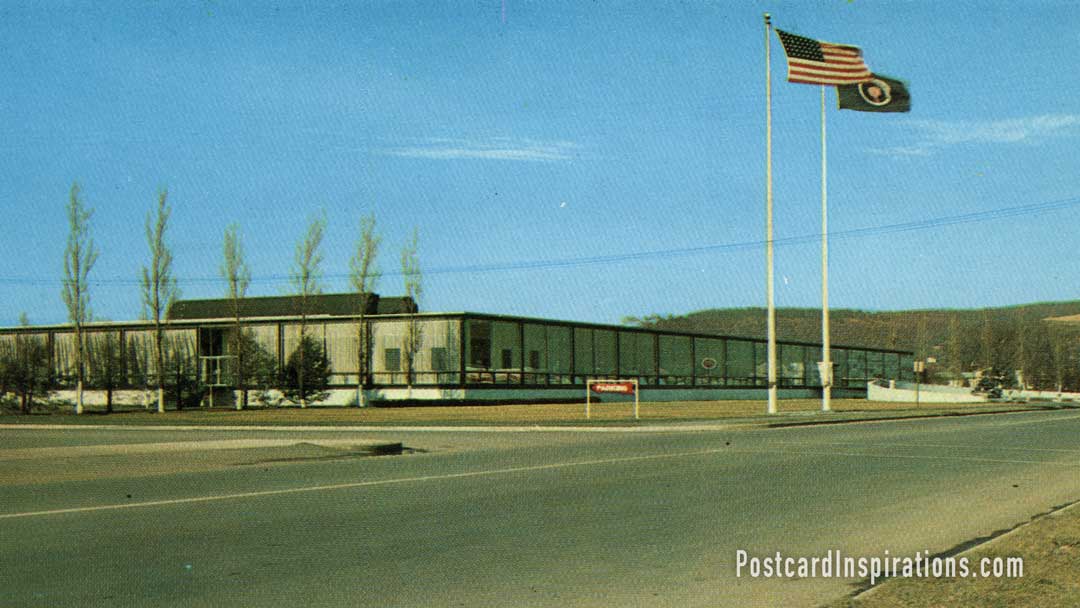
There’s a reason why Corning has always been a big name in innovation. That’s because, in 1908, the company hired Dr. Eugene Sullivan as the head of the company’s research department. What makes this event so remarkable is that Corning’s research department was among the first such industrial researching departments in the United States. Dr. Eugene pioneered glass research, launching the company into global fame for its stunning research and development projects.
One of the next innovations illustrates how this company has always branched out into a variety of sectors. By 1912, railroads were still going strong around the United States — but there was a problem in that railway lanterns often shattered due to temperature changes. Corning developed a new type of glass that doesn’t expand or contract so much during temperature shifts to remedy this problem.
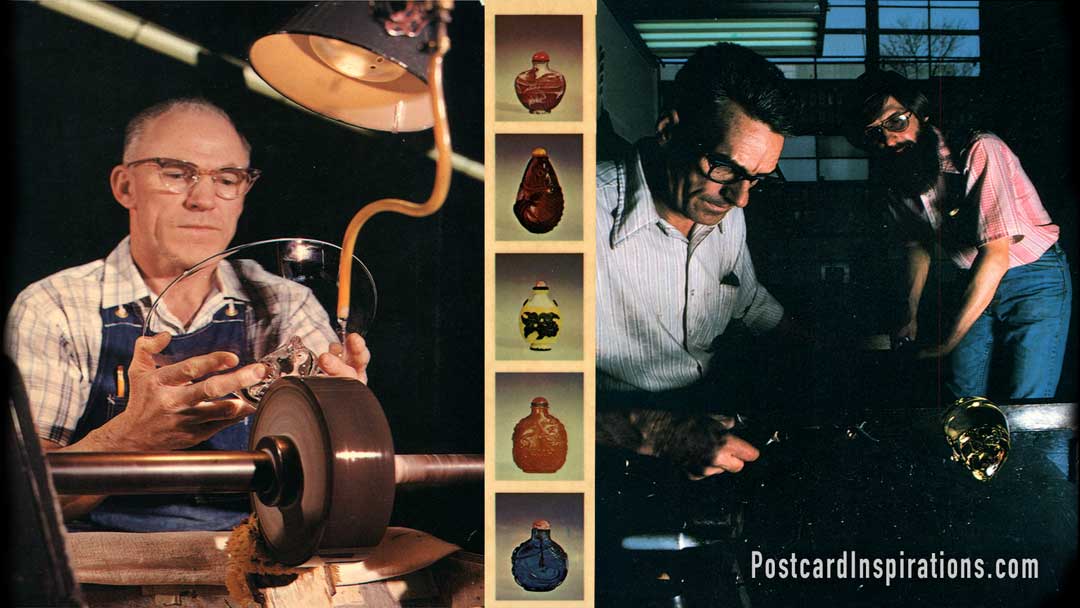
And that development is significant because it was part of what led to Corning’s famed line of PYREX baking dishes. The first of these dishes was put to work in 1908 when Dr. Jesse Littleton, one of the company’s physicists, asked his wife to make a cake in a dish made of heat resistant glass. The cake turned out a success, and with improvements to their heat resistant glass formula, Corning was able to launch the PYREX line in 1915. If you have glass baking dishes, it’s likely that either they’re PYREX brand, or they use the same technology that Corning used to develop baking dishes.
Corning’s technological advancement is so far-reaching that we can see their work in just about every technological sector. In 1926, the company produced a high-speed ribbon machine capable of creating 400,000 lightbulbs in 24 hours, and by 1933, that machine was used to manufacture bulbs for radios, thus making radios much more affordable to the average consumer. By 1934, they’d pioneered silicones, which are a combination of glass and plastic. These developments would lead to the types of glass used in spacecraft windows, telescope lenses, and other kinds of optics.
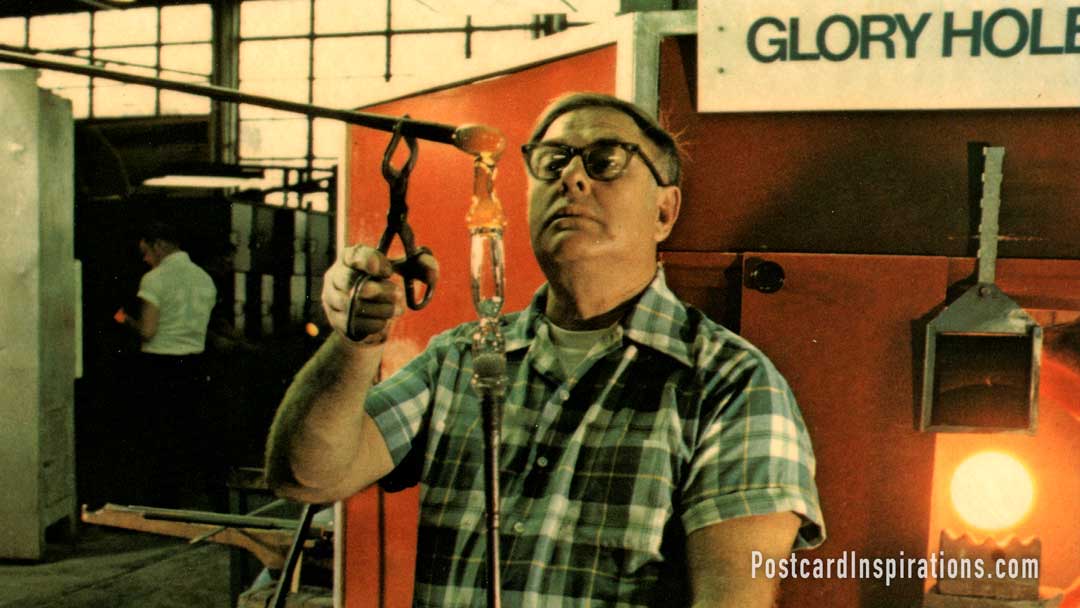
Corning is in large part behind television as we know it, too. In 1947, the company developed a way to mass-produce TV tubes. Further improvements to the process allowed for mass production and affordability — and suddenly millions of people who couldn’t afford them before were now able to buy TVs for their living rooms.
What about CorningWare? That’s a type of glass that many of us are familiar with because it features prominently at our family dinner tables. Some people even collect older pieces of CorningWare. Turns out, the development of this type of glass was a happy accident. Dr. Donald Stookey was heating photosensitive glass when the oven he was using malfunctioned and overheated. Upon removing the glass from the oven, he discovered that the overheating hadn’t harmed the glass — but it had turned the glass milky white. Further testing revealed that the glass wouldn’t break when dropped. And that’s how CorningWare, a type of glass-ceramic bakeware, was born!
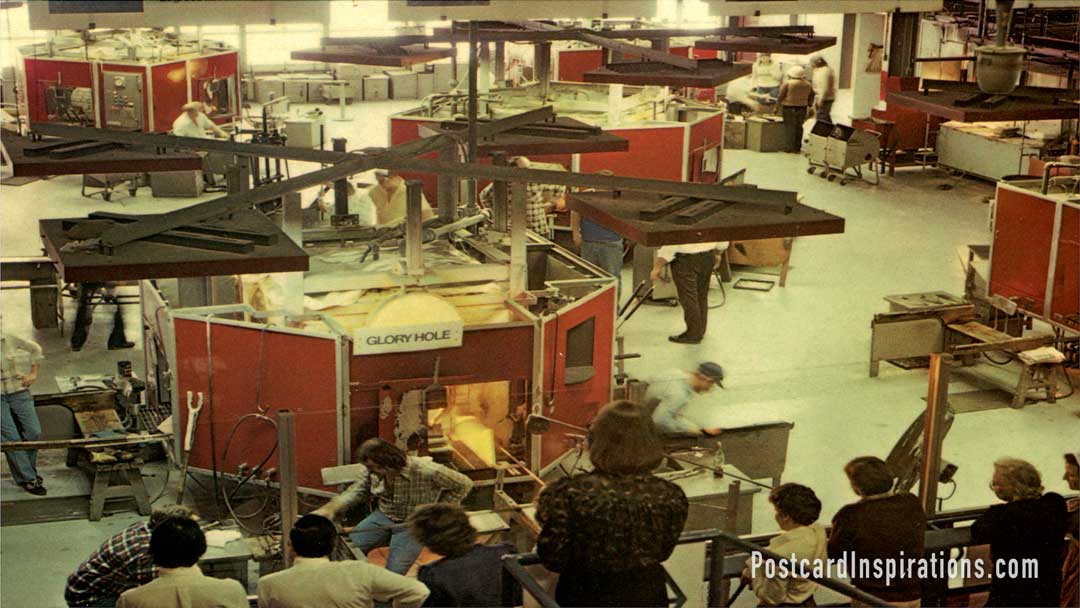
Corning’s inventions are almost too numerous to count. Over the years, they just kept on coming. They first developed the fiber optic technology we use for communications today back in 1970, and in 1982, they created a fused type of glass that would go on to make LCD displays crystal clear and easily mass-produced. There is Corning Glass in the Hubble Telescope, and it was used in the Mercury spacecraft, too.
Today, Corning is a massive company employing 51,500 people — and they’re still pioneering glass for a variety of fields. Fiber optics are one of their major products, and they also produce the glass that features on many of the LCD displays we use. Tech giant Apple relies on Corning to produce its touchscreens, as do many other companies producing phones, tablets and other displays. Green lasers, photovoltaic panels and microreactors number among some of the other diverse high-tech projects the company creates today.
For those of you who are curious to learn even more about Corning’s history, there is even a Corning Museum of Glass. The museum is located in the company’s hometown of Corning in New York. Between the time it opened in 1951 and now, the museum has collected more than 50,000 glass objects — some of which are more than 3,500 years old! Visitors here can spend hours browsing galleries, watching live glassmaking demonstrations or even visiting the Innovation Center, where there are several high-tech displays along with opportunities to meet some of the inventors who pioneered much of the technology we use today.
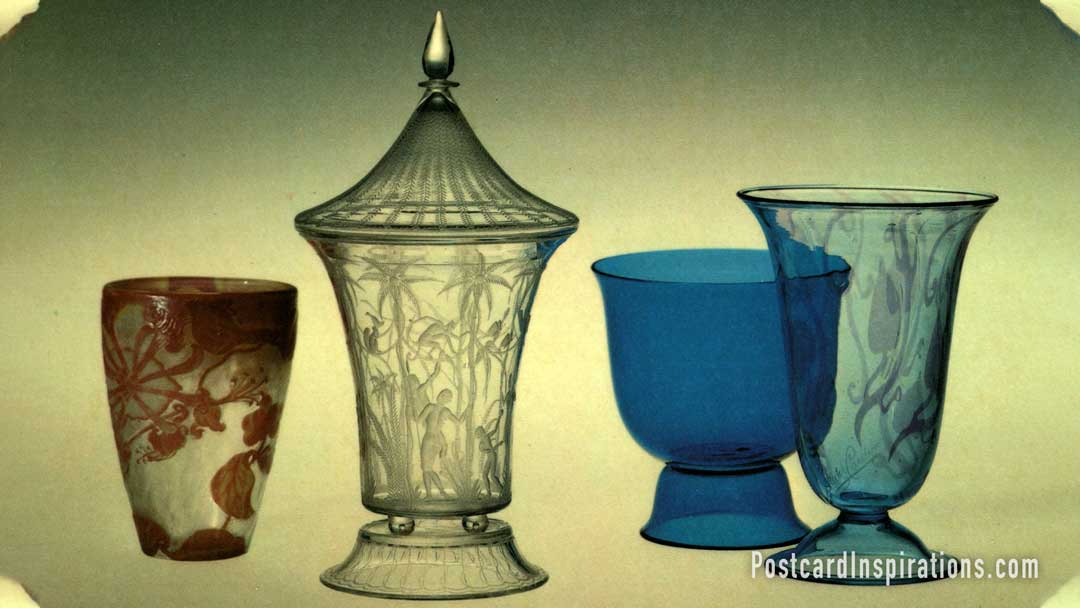
When most of us think of Corning Glass, we think of baking dishes and other glassware in our kitchens. But as it turns out, this company is about so much more than bakeware. A long history of innovation means that they have always been world leaders in technological sectors — and as this company continues to develop new things, that is unlikely to change!




